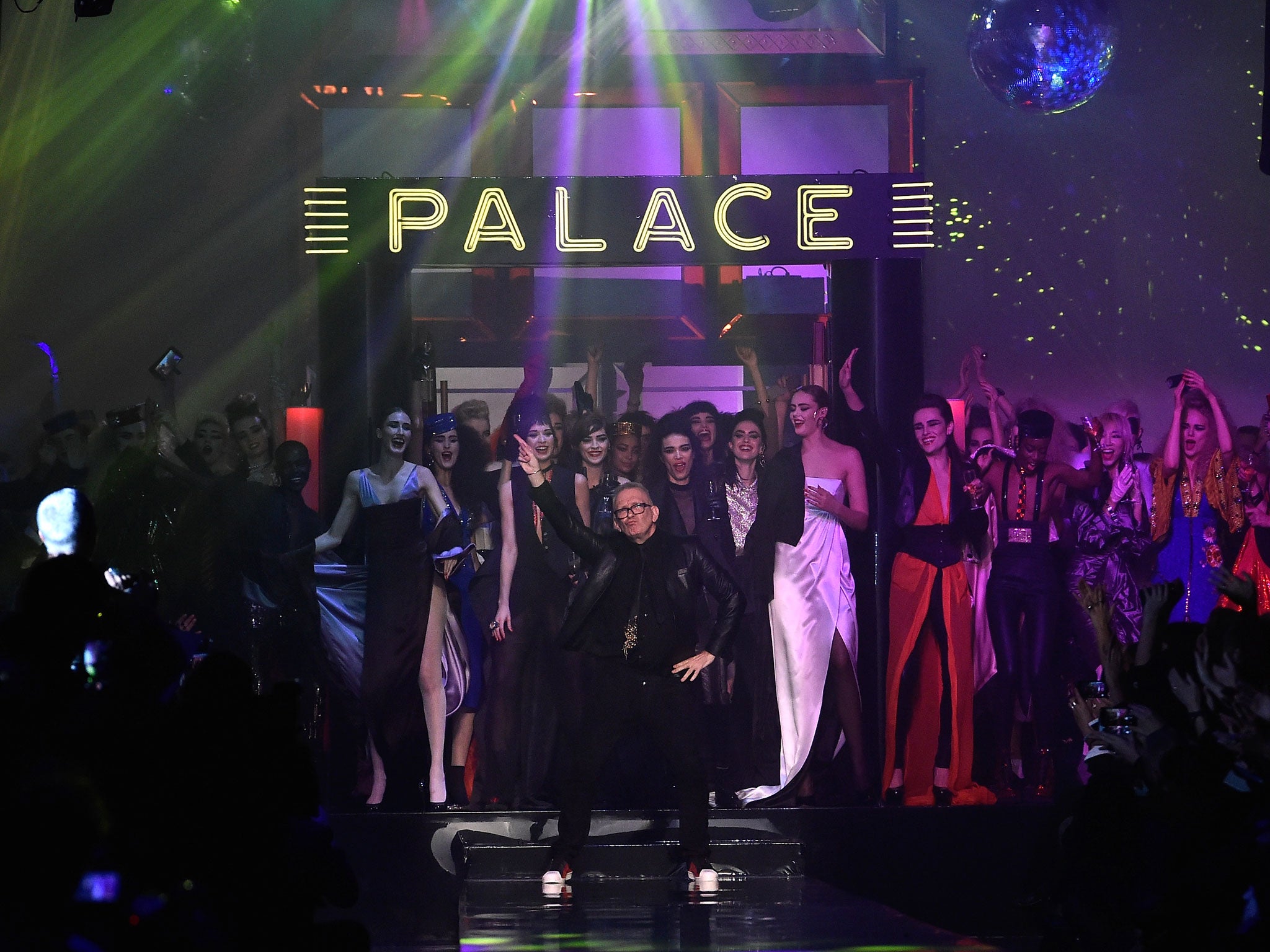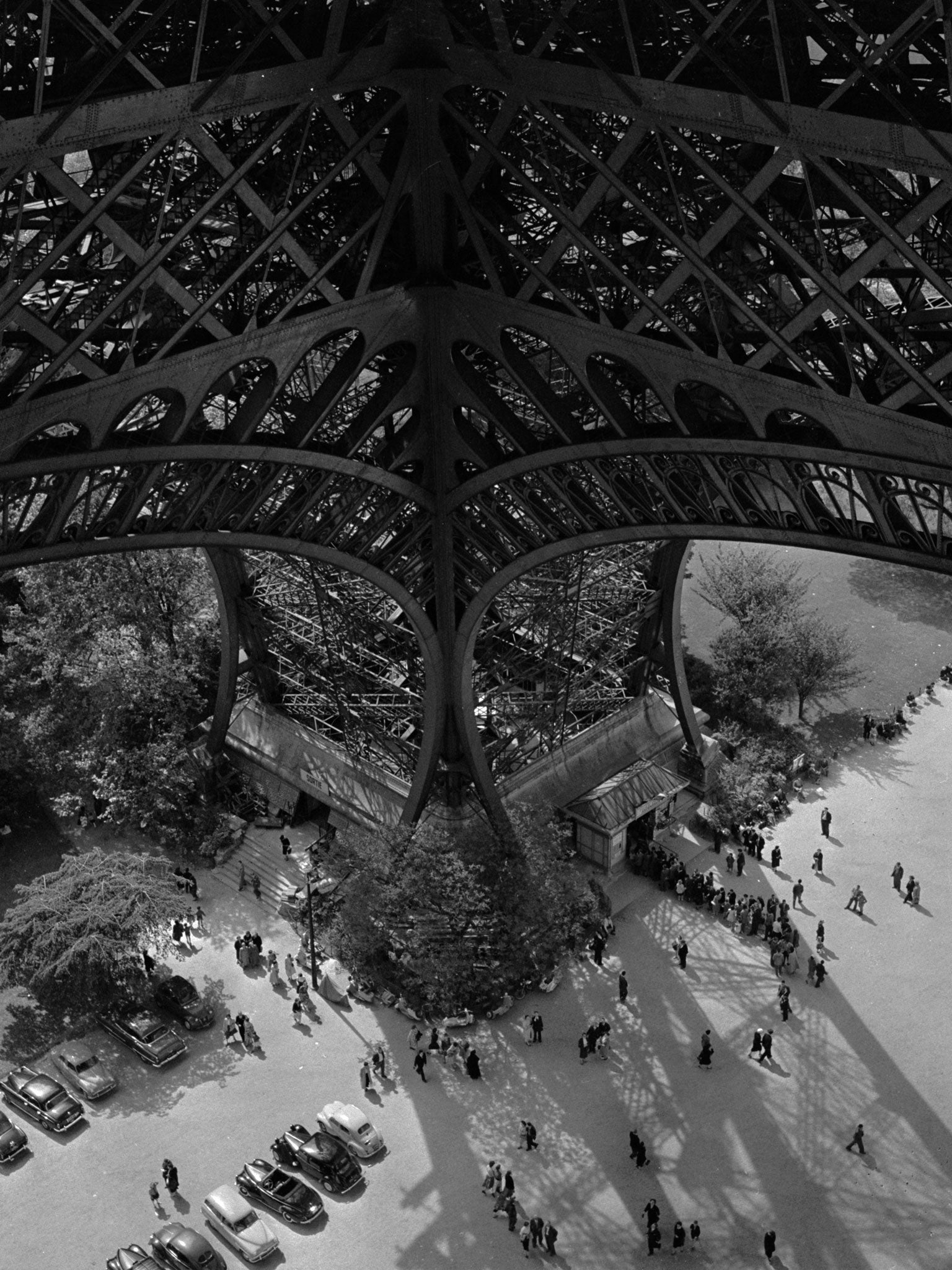Paris, mon amour: The French capital will always be fashion's beating heart
After a dormant period of status quo, there's been a groundswell of talent in the French capital, says Alexander Fury

Your support helps us to tell the story
This election is still a dead heat, according to most polls. In a fight with such wafer-thin margins, we need reporters on the ground talking to the people Trump and Harris are courting. Your support allows us to keep sending journalists to the story.
The Independent is trusted by 27 million Americans from across the entire political spectrum every month. Unlike many other quality news outlets, we choose not to lock you out of our reporting and analysis with paywalls. But quality journalism must still be paid for.
Help us keep bring these critical stories to light. Your support makes all the difference.
The notion of a fashion special themed around Paris began to gestate long before the terror attacks of 13 November 2015. Those, however, formed a potent and poignant backdrop to a celebration of France – specifically of Paris – and the fundamental role played by fashion in its cultural identity.
Paris fashion has been exciting for seasons: after a dormant period of status quo, there's been a groundswell of talent. Underground brands have emerged to command worldwide attention; established names have taken on new designers; long-shuttered labels have been dusted off and revived. Paco Rabanne under Julien Dossena and Sébastien Meyer and Arnaud Vaillant's Courrèges are two prime examples of the latter – French-based labels spearheaded by French-born creatives, forging a new aesthetic of 21st-century French fashion.
Demna Gvasalia, the creative head of the20-strong Parisian collective known as Vetements (and who we profiled in our last menswear fashion special, in October), has bubbled up from nowhere to become the hottest name in fashion in just two years, and is now gearing up to debut his first collection for the storied house of Balenciaga in March.

The general mood – chaotic, energetic, a fertile breeding-ground for talent – reminds you of Seventies Paris, and as if to underline the feeling, Jean Paul Gaultier devoted his January haute couture show to the period, to the hedonistic hot-spot of Le Palace, naming his audience after various protagonists of Paris's late-Seventies scene.
In the melting-pot of Le Palace, high-fashion met subculture, glamour fused with punk. It was a Paris scene photographed by Antonio Lopez and populated by Jerry Hall, Pat Cleveland and Grace Jones, dressed by Montana, Mugler and a very young designer named Gaultier, fresh from the Paris suburbs, who was showing tin-cans as bracelets in the same mood of deconstruction and reconstruction as Vivienne Westwood and Malcolm McLaren in London. Today, there's the same feeling on the Paris schedule, where a show-goer ricochets from Lanvin's show in the École des Beaux-Arts, to Vetements' down-at-heel presentation in a shabby Chinese restaurant – high and low fused together.
Fashion is part of the cultural landscape of Paris. Speak of the Left Bank, and Parisians are as likely to mention Yves Saint Laurent or Sonia Rykiel as they are Jean-Paul Sartre. Within France, 165,000 people are employed by the luxury industry; Paris has been a global centre of fashion since the 16th century, when French styles began to set the modes for global courts. It's still the case today: London may be creative, Milan powerful, New York commercial, but Paris combines all those aspects in a melange that turns over trillions. Altogether, 26.9 per cent of luxury good sales in the world come from French companies; it is the world's No 1 tourist destination, to boot.
Fashion has frequently symbolised French perseverance over the odds. During the Nazi occupation, the German forces attempted to move the Paris fashion industry piecemeal to Berlin and Vienna, deemed the new cultural capitals of Europe. Lucien Lelong, the head of the Chambre Syndicale de la Haute Couture – who then, as now, governed French fashion – voiced his disdain. "You can force us to do anything you like," he said, "but Paris haute couture will never move, neither as a whole nor bit by bit. Either it stays in Paris or it ceases to exist." Alongside the high-blown rhetoric, Lelong offered hard economic facts: the export value of a dress by a couturier in 1940 was equivalent to 10 tonnes of coal; a litre perfume to two tonnes of petrol. Couture remained in France, and still does.
The history of French fashion is mind-boggling, and something the French are duly proud of. In France – particularly in Paris – fashion isn't seen as a frivolity. It has incited riots; Marie Antoinette's hairstyles, powdered with flour as France starved, helped propel her to the tumbrils. During the Vichy regime, the extreme styles sported by Parisian women – high-piled hats, frivolous trims – were seen as a riposte to the austerity measures imposed on them by the German forces. The same was true 150 years earlier, during the Reign of Terror, when French dandies known as Les Incroyables sported deliberately ludicrous fashion as a form of political protest.
Will the unrest and uncertainty of contemporary France find a reflection in its fashion? Undoubtedly. Upheaval is afoot – guards are changing at fashion houses. Times are troubled, socially and economically. But if anything, Paris fashion is emblematic of an instinct for survival, and for celebration. There's a notion, in France, that fashion – like food – is part of l'art de vivre, part of the idea that if something has to be done, such as eating or dressing, it's worth doing well. Vive la France!
Join our commenting forum
Join thought-provoking conversations, follow other Independent readers and see their replies
Comments